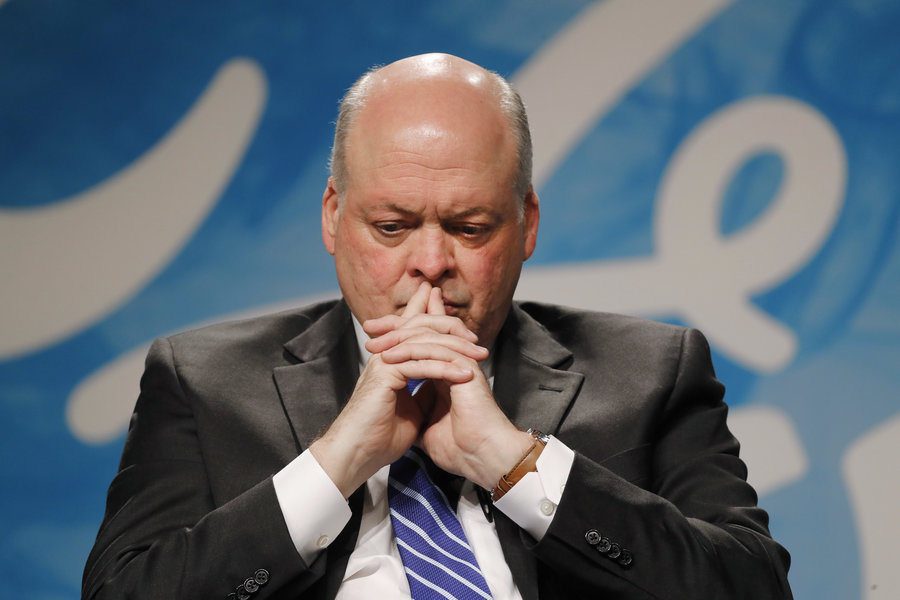The Purpose of Stair-Step Programs
A lot of controversy surrounds the subject of stair-step incentive programs. There are strong opinions about the practice on the side of original equipment manufacturers and auto dealers. While complexities surround stair-step programs, in their simplest form, they are incentives given to dealers that are tied to sales quotas. As sales increase for the dealer then the incentive amounts also increase. Many times, these incentives are used during “end-of-the-month” sale events that encourage dealers to empty their current fleet of cars. These practices have been used by manufacturers to increase revenue at affiliated dealers. However, there are a lot of opinions surrounding this method as well as its impact on the industry.
Ford Takes Another Look at Stair-Step Incentives
In 2013, after years of not utilizing stair-step programs, Ford began testing their use with Lincoln dealers in Washington and New York. Don Chalmers, the owner of a New Mexico Lincoln dealership, expressed his concerns about this recent change at Ford. He remarked that stair-step incentives can be confusing to the market and that sales can dip right after the uptick due to these programs. Ford saw mild success with these incentives in these areas, and in 2015 they expanded them to wider markets with the title of “Volume Growth Bonus Programs.” The program was slated to last from March to June but was still being used by the company as of July 2016.
Are There Any Benefits?
The use of these programs elicits strong feelings that are many times negative. However, there are some who see the positives of stair-step incentives. One primary benefit is for the consumer. High volume dealers will often slash prices to increase sales. Potential buyers can then benefit from the price decreases. This will also cause smaller volume dealers also to lower their prices — which can have an adverse impact on the these dealers, an issue that will be further examined in the next paragraph — creating more variety for customers. These incentives also produce ways for high-volume dealers to clear their stock rooms. Unfortunately, according to dealers and affiliate organizations, the cons outweigh the positives.
A Cause for Harm?
Many argue that the structure of stair-step incentives can harm smaller dealers. High volume dealers have more resources to decrease their prices to participate in stair-step programs. Smaller volume dealers are then forced to decide between lowering prices to compete with high volume dealers or take the risk of keeping prices the same and not competing at all. Also, for both high and small volume dealers, the incentives set by manufacturers can create tension on their partnerships with dealers. One of the last issues many opponents mention is the lack of transparency created between dealers and consumers as a result of the enforcement of stair-step programs.
An Unclear Future for Stair-Step Incentive Programs
The future of stair-step programs is a murky one. Nissan and the National Automobile Dealer Association (NADA) do not hold a favorable view of the practice. In 2014, Nissan vowed to do away with the practice in favor of annual bonus programs, but since then have decided to revisit and overhaul stair-step programs that now include better-planned orders and a lack of sudden spikes in monthly sale objectives. Even though the practice is still around, they are one of the major manufacturers to change their stair-step program incentives drastically.
The Intervention of Government and the NADA
In fall 2013, due to a change in the New Hampshire Bill of Rights, General Motors no longer offered stair step incentives to dealers. In regards to the future impact of stair-step programs, AutoNation CEO, Mike Jackson expressed concern for the implications of these incentives on a plateauing auto industry. He felt that an auto industry that is experiencing sluggish growth or decline can be problematic when combined with stair-steps. In an April 2017 message, Mark Scarpelli, CEO of the NADA addressed the “elephant in the room” by discussing the adverse impact of stair-step incentives on the auto industry. He feels that manufacturers and dealers should have the same goal of selling inventory at competitive prices with excellent customer service. Throughout 2017, he remarked that NADA leaders and manufacturers have met to discuss concerns and better ways to implement these programs. While many hope these incentives cease, Edmunds viewpoint could ring true that moving inventory outweighs the concern over the potential negative side effects, which would permit these practices to continue.








